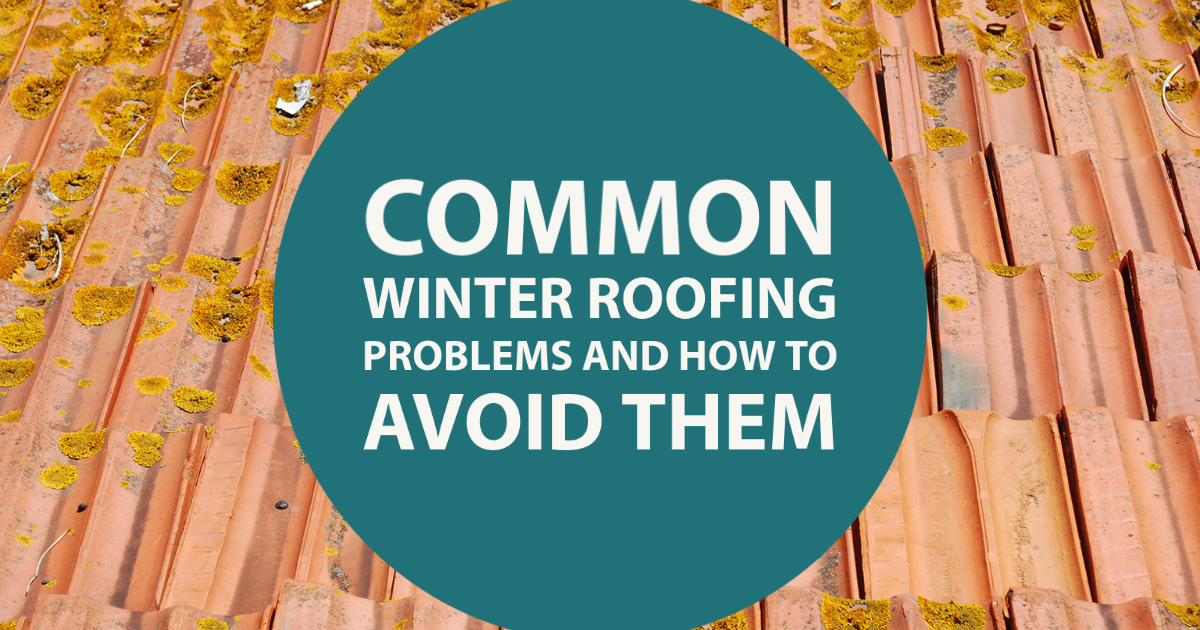

Many issues can occur in the wintertime that can give you a headache, from frozen pipes that can flood your home, to ice forming on your home that can create other issues. However, there are none more pressing issues that can bring pain in the winter than roofing failure.
It is essential to keep a roof over your head in the winter, and roofing problems can affect that mission. Here are the common roofing issues faced by homeowners in the winter, and how you can avoid them.
Ice Dams
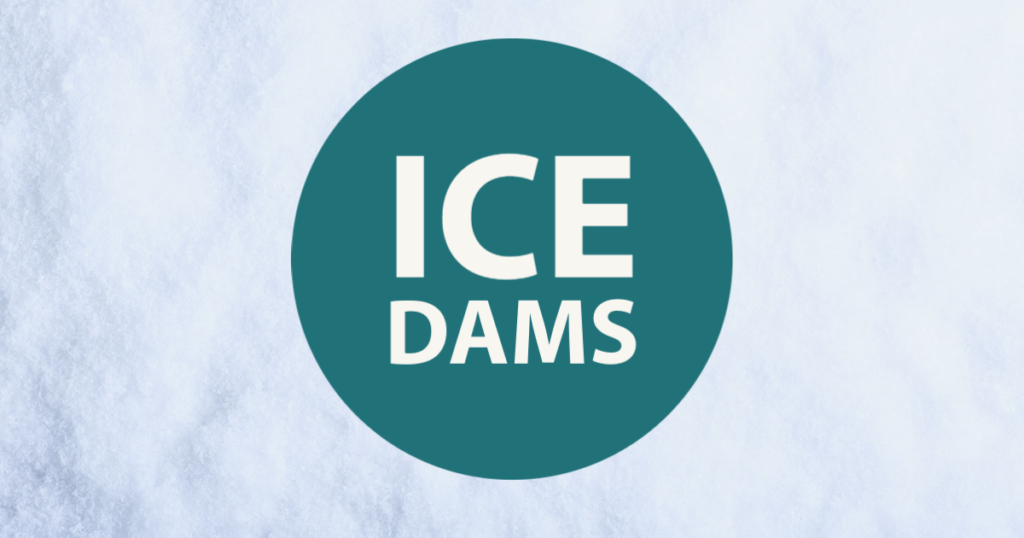
You take a look at your gutters and you see a huge block of ice at the end of it. That block of ice is keeping the water from flowing off of your roof and can cause some major damage to it.
This is what’s called ice dams, in which the snow melts, but freezes over again when it reaches the edge of the roof. There is no way to mince words when it comes to ice dams as they can wreak havoc on your roof. Ice dams can block the gutters and add more weight to the edge of your roof, which can put more-and-more pressure on your shingles. Snow, on average, weighs about 20 pounds, which is even more so for ice. If you see ice dams forming on your roof, call a residential roofing contractor to come and fix the problem.
Depending on the severity of the issue, you may need other roofing services to come to your home and make the needed repairs to get your roof back into proper shape. We’ll explain more below what you can do to stop ice dams from occurring, but just know that this is a problem you don’t want to have during the height of the winter season.
Flashing Leaks
Most homes in America have sloping roofs, which are built to allow water and other precipitation to flow off of your roof smoothly.
While this form of roof design is great to allow water to get off of your roof, it can also be prone to flashing leaks. A “flashing” is stips of metal that is placed along the edges and ridges of your roof. Flashing can also be found around your skylights and chimney. Most are installed properly, but if not, a particularly violent storm can easily rip the flashing away and send water into your home. Experts recommend that you inspect the flashings around your home every six months to make sure that they’re installed properly and that they won’t wind up like Dorthy in the Wizard of Oz, flying away during a storm.
Windy Weather
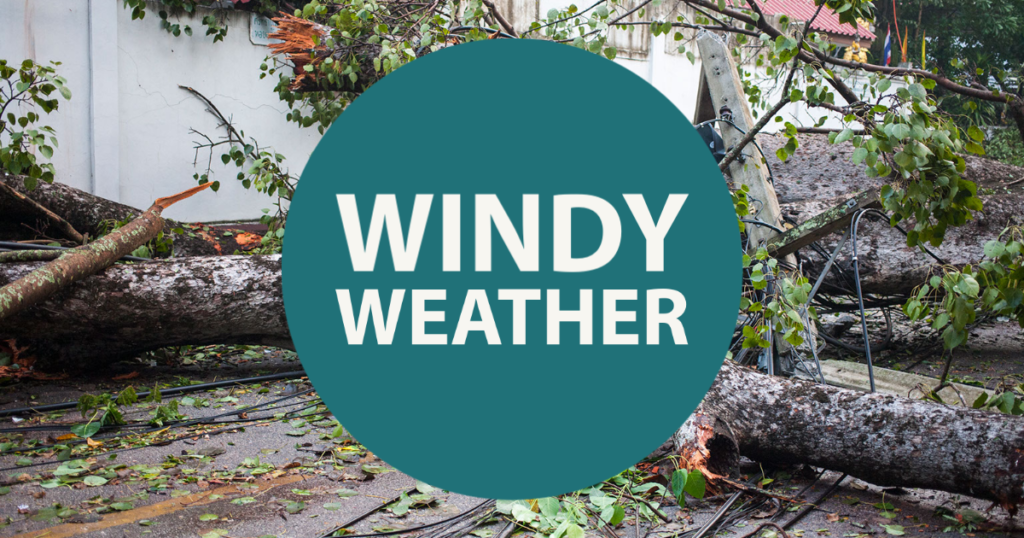
There is one common thought everyone has during the winter, and it’s the thought that the wind blows the heaviest during this time of the year than it does during the summer.
In some parts of America, wind conditions can be an issue, and if you live in a part of the nation where it’s constantly windy during the wintertime, this can be a challenge to your roof, especially if your roof is made up of shake and asphalt shingles. A good windstorm can blow off those shingles, living your roof exposed to the elements. Not only is this an ungodly sight for your curb appeal (with your landscaping littered with roof debris), but it can also invite water leaks into your home, and that’s a bigger issue.
This is why you should make sure that your shingles haven’t worn out and that they can withstand the onslaught of the wind during the winter. If you see that you have shingles that are in badly need of replacement, get them replaced before the winter begins so that your roof will be protected from water damage that stems from wintery weather.
Condensation
The cause of condensation is when warm air collides with a cold surface. There isn’t anything to cheer about when it comes to condensation, as it can breed mold and mildew, two things that can absolutely destroy the structurally interior of your home. It’s a common problem in the winter, but this issue can be resolved easily. To ensure that condensation won’t become a problem in your home, consider installing a vapor retarder or improving the ventilation within your home so that the air will flow better. That will prevent condensation from forming in your house, and will keep your home structurally sound throughout the winter.
Icicles
Icicles form when winter weather befalls on a roof. If the roof is warm enough, it can melt, but the problem is that the temperatures are usually still cold enough to freeze water. When the water from the snowmelt refreezes at the edge of the roof, icicles form. Again, it can be a pretty scene, but these things can be a hazard, both for you and your home. For starters, icicles are sharp, and if you’re under one of them when they fall, it can injure you or your pets.
As for your home, it can cause damage to personal property because this is pure ice that’s falling from the roof. Speaking of the roof, icicles are an absolute nightmare on the roof of your home. Icicles are heavy, and that adds unnecessary weight to your roof, which can cause damage. To stop the icicles reign of terror on your home, make sure the gutters are clean out and sweep all of the snow off of the roof of your home and your gutters, in short, not even giving them the chance to form.
Hail Damage
If you live ina state that doesn’t get snow, but instead gets winter weather in the form of storms, then you will be familiar with hail. Hail can range in size, from the size of a penny to that of a golf ball, and hail storms can cause damage to your roof. Thankfully, there is a way in which you can guard against the onslaught of a hail storm. Make sure that your roof is reinforced by calling a contractor to do preventive maintenance of your roof, such as repairing the shingles. By doing this, you will largely fend off the issues that are caused during hail storms. keeping your roof intact through the brunt of the winter season.
Clogged Gutters
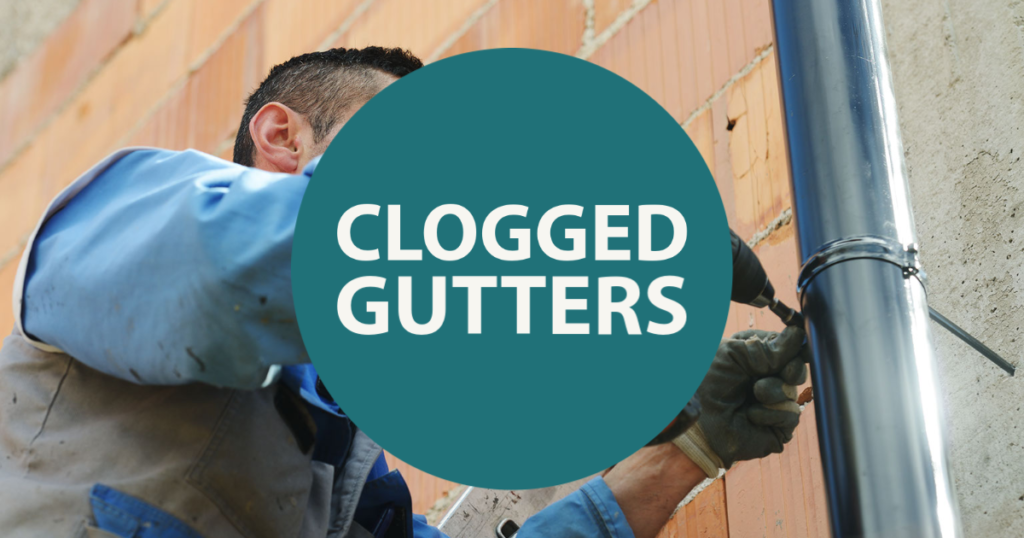
There is a reason why many home experts advise that you clean out your gutters in the fall when the weather will allow you to do this.
That’s because you don’t want the water to build up in the gutter, which, if you live in a cold climate, can cause what’s known as ice dams to build up in the gutter. Ice dams build when the water in the gutters can’t strain from the roof, and this causes water damage that can be a huge issue for your roof.
Make sure that the gutters are cleaned out, and if there are any issues with them, call a specialist that can make a gutter repair so that the water can flow off of your roof and keep it stable. If there are any problems on your roof that are stemming from clogged gutters, call a roofing company to make the necessary fixes to the roof to ensure that it can get through the winter. Or, if it’s really bad, you may need new roofing.
Frozen Gutters
Even worse than clogged gutters are frozen gutters. This is another issue that can come from the formation of ice dams, that scrouge that can cause irreparable damage to your roof. This issue is caused by improper insulation of your attic (more on this later) and not only cause a complete blockage of water and snowmelt flowing from the roof but can also damage the gutters themselves, which will require you to repair it at once.
Missing Shingles
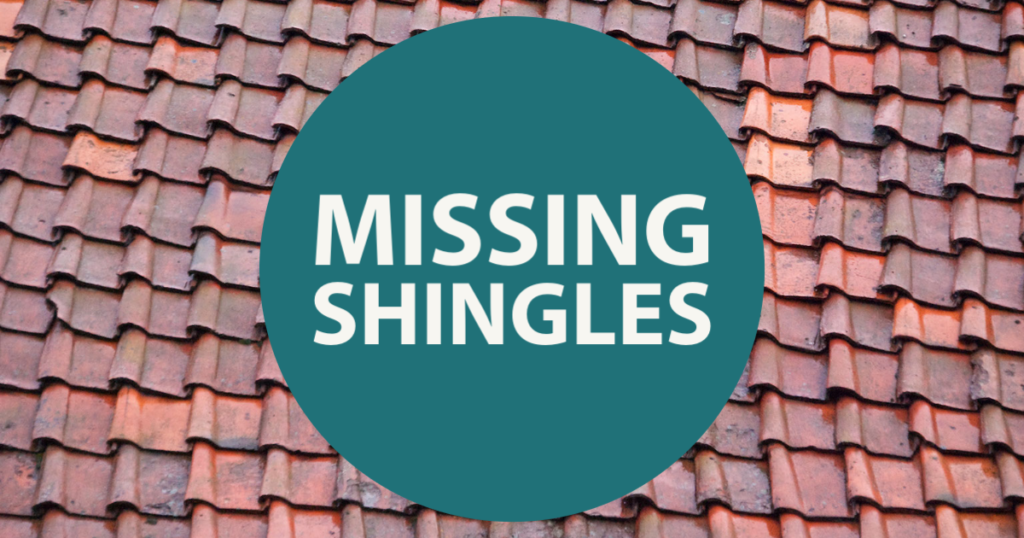
You go outside and you take a look at your roof to see some shingles are missing from the roof. This is a sign that your roofing is beginning to fail, and you should address this problem once you spot it. The last thing you want to have to do during the winter has a roof replacement, so call a contractor to make roof repairs to the shingles of your roof. That way, your roof can better protect your home from the dangers of water damage. If by any chance, the shingles missing are too severe, then it may be time to invest in a new roof, which should be the absolute last resort.
Poor Attic Insulation
Having a poorly insulated attic can invite roof leaks, which in turn can lead to water damage in your attic and throughout the rest of the house. Poor attic insulation can also be a terror on your heating systems such as your water heater and your HVAC system to work harder to keep your water and indoor air warm. This can lead to higher utility bills and more frequent calls to your local HVAC services. To ensure that your attic’s insulation is up-to-par, call local roofing services to inspect your attic to see if the insulation is where it should be.
In conclusion, the winter season can be a hard time for the structural foundation of your home, especially the roof. Several things can cause the roof of your home to be damaged during the winter, and that can cause other structural damage throughout the home. Do preventive maintenance on your roof as this will protect your roof from violent weather such as wind and hail storms, two types of storms that can easily damage a roof. If you see the shingles of your home worn out or missing, then they are repaired at once.
There is no fun with roof damage during the winter, but if you do the things you need to do to protect the roofing of your home so that it will withstand the charge of the winter season.